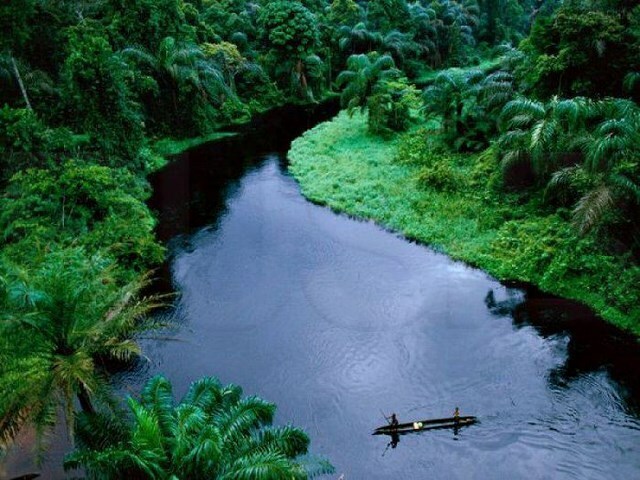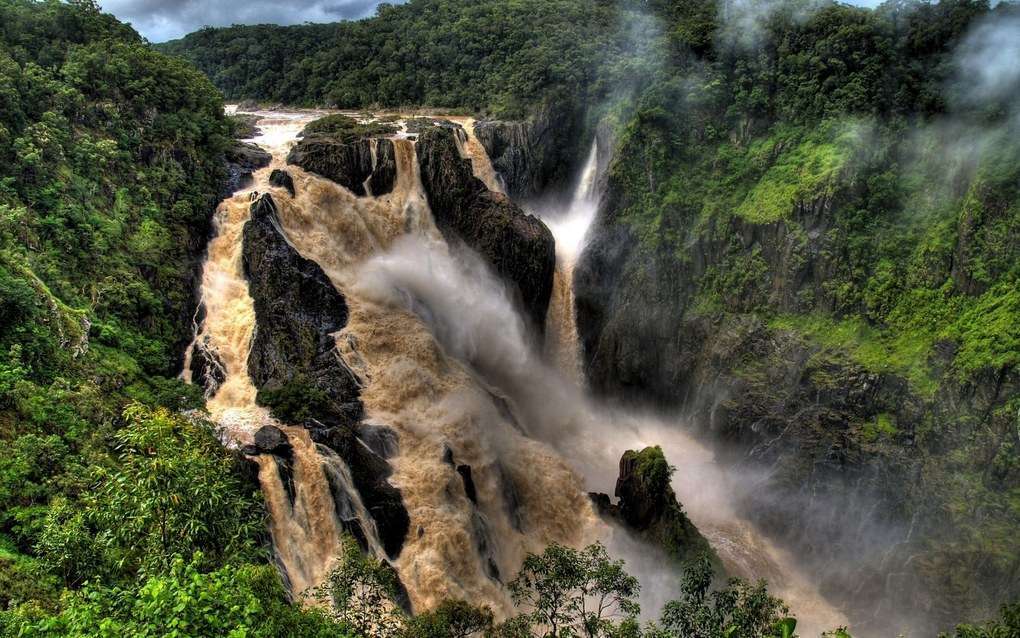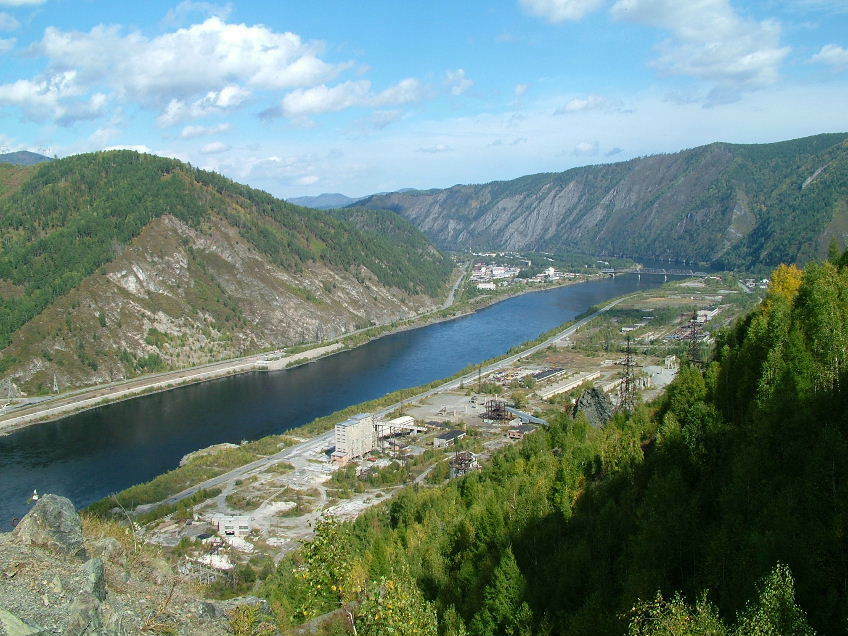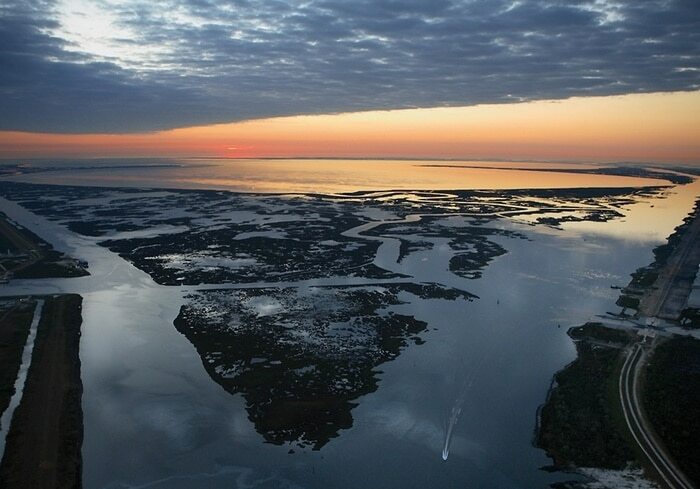The Earth is not in vain called a blue planet. Most of the surface of our world is covered with water. It creates oceans, seas, lakes and, of course, rivers. On our planet there are a huge number of rivers: from very small to huge, which cross the whole continents and carry their waters thousands of kilometers away. Rivers are of great importance to humans. Near the rivers large cities are built, they give people drinking water and irrigate our fields, along the rivers a person carries a huge amount of cargo.
Sometimes it is difficult to determine the length of a river, because it is not always possible to say where one river ends and the next one begins. We have compiled a list for you, which included the longest rivers in the world .
10
Amur 4500 km

Amur flows in the Russian Far East, on the Russian-Chinese border itself. The total length of the river is 4,500 kilometers. This river separates the Russian Far East from the northeastern provinces of China. The Amur flows into the Sea of Okhotsk, its catchment area is 1.85 million square kilometers. The area that surrounds the water area of the river is a refuge for many rare species of plants and animals.
9
Congo 4700 km

Congo is one of the greatest rivers of the African continent. It flows through the territory of Central Africa and is the second( after the Nile) along the length of the river of the African continent. The total length of the Congo is 4,700 kilometers. Its second name is Zaire. The catchment basin of this river covers several countries: the Democratic Republic of the Congo, the Central African Republic, Angola, Tanzania, Cameroon, Zambia, Burundi and Rwanda. The total catchment area is more than 4 million square kilometers. Congo flows into the Atlantic Ocean. It has great economic importance for the African continent.
8
Parana 4880 km

Another large South American river. In its length, it is second only to the Amazon. Parana has a length of 4880 kilometers and flows through the territory of several countries of South America: Brazil, Argentina, Paraguay, Bolivia and Uruguay and is of great importance for the whole world. Parana is formed as a result of the confluence of two large rivers: Paranaiba and Rio Grande. The river flows into the Atlantic Ocean near the city of Buenos Aires. The catchment area of the river is 2.58 million square kilometers. Parana is one of the main water arteries of the continent. In the lower reaches of the river shipping is very developed, which connects cities located on the river.
7
Ob 5410 km

Another great Siberian river, which has a length of 5410 kilometers. It flows through the entire territory of Siberia and flows into the Arctic Ocean. The river begins in the Altai, with the merger of two rivers: Biya and Katun. Its catchment area is almost 3 million square kilometers. In length this river ranks first in Russia. The Ob is of great economic importance: there are hydroelectric power stations on the river, there are several reservoirs.
6
Yellow River or Yellow River 5464 km

Yellow River or Yellow River is the second largest river in China. The length of the river is 5464 kilometers. The river got its name because of the yellow color that gives it the loess plateau of Shenxi. The Yellow River begins on the mountain plateaus in Tibet, crosses the entire Chinese territory and flows into the Yellow Sea. This river is considered the cradle of Chinese civilization. The Yellow River very often changes its course. The area of the river basin is 750 thousand square kilometers. The river provides water for irrigation and drinking water for 140 million people. A large number of large cities have been built on this river.
5
Yenisei 5539 km

Yenisei is one of the of the longest rivers of Siberia. It begins at the border of Mongolia and the eastern part of Russia. It flows through the whole of Siberia and flows into the Kara Sea. Its total length is 5,539 kilometers, and the catchment area is over 2.8 million square kilometers. Numerous hydroelectric power stations have been constructed on this river, which supply power to industrial enterprises in Siberia. The construction of these huge structures negatively affected the ecology of the region. In addition, the Yenisei is the most important waterway of Western Siberia.
4
Mississippi 6275 km

Mississippi is the largest river in North America. Its length is 3902 miles or 6275 kilometers. It begins in northern Minnesota and falls into the Gulf of Mexico. The source of the river is the lake Aytask. In Mississippi, another large river of North America, Missouri, will fall. Mississippi feeds the rivers of 31 American states and two provinces of Canada. The total area of the Mississippi catchment area is 3.27 million square kilometers. The name of this river is translated from the language of local Indians as "a great( great) river".It is of great importance for the US economy. The river is actively navigable, it carries a huge number of various cargo and passengers.
3
Yangtze 6300 km

The Yangtze( 6300 kilometers) is the largest river in China, which originates from the Himalayan glaciers and flows into the South China Sea. The area of the basin of this river is 1.8 million square kilometers. The Yangtze divides China into the northern and southern parts. This river is of great importance for the Chinese economy. It built the largest Chinese hydroelectric power stations, on this river are the largest cities in China.
2
Amazon 6400 km

The length of this river is 6400 kilometers. The Amazon is formed at the confluence of two rivers. The catchment area of the river is more than 7 million square kilometers( this is almost equal to the area of Australia).In the Amazon flow mighty rivers. It flows through the territory of the South American continent and flows into the Atlantic Ocean. The basin of this river is even larger than that of the Nile. The Amazon flows through the territories of the following countries: Peru, Bolivia, Brazil, Colombia, Ecuador, Venezuela and Guyana. Its waters are rolling among the rainforests of South America, which are home to a large number of wild animals. The Amazon rainforest is of great importance for the biosphere of our planet.
1
Nile 6650 km

The Nile is the longest river on our planet .Its length is 6650 kilometers. It is located in the north-eastern part of Africa and flows into the Mediterranean Sea. The river flows through Ethiopia, Eritrea, Sudan, Uganda, Kenya and Egypt. The Nile originates in the central part of the continent, among African lakes, passes through the sands of the Sahara and forms a delta at the confluence of the Mediterranean Sea. Its catchment area is more than 3 million square kilometers. In the basin of this river, 300 million people live and their life is connected with the Nile. Large hydroelectric power stations have been built on this river, large channels have been dug. Shipping along the Nile is of great importance for several countries. Nile is the cradle of one of the most ancient human civilizations - the civilization of Ancient Egypt.



